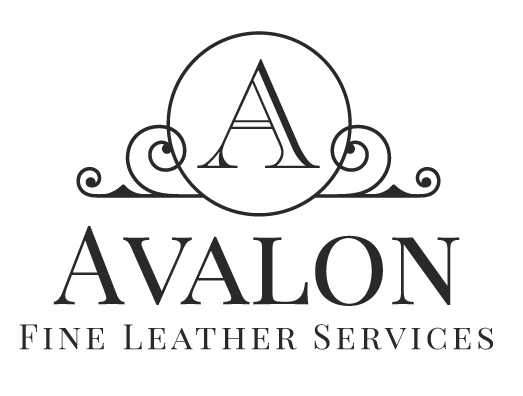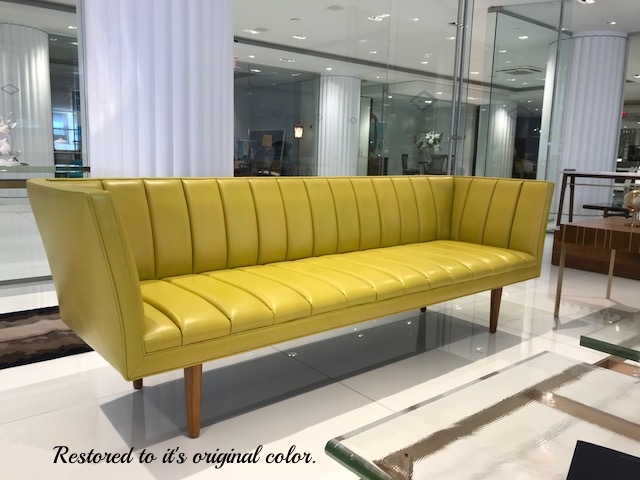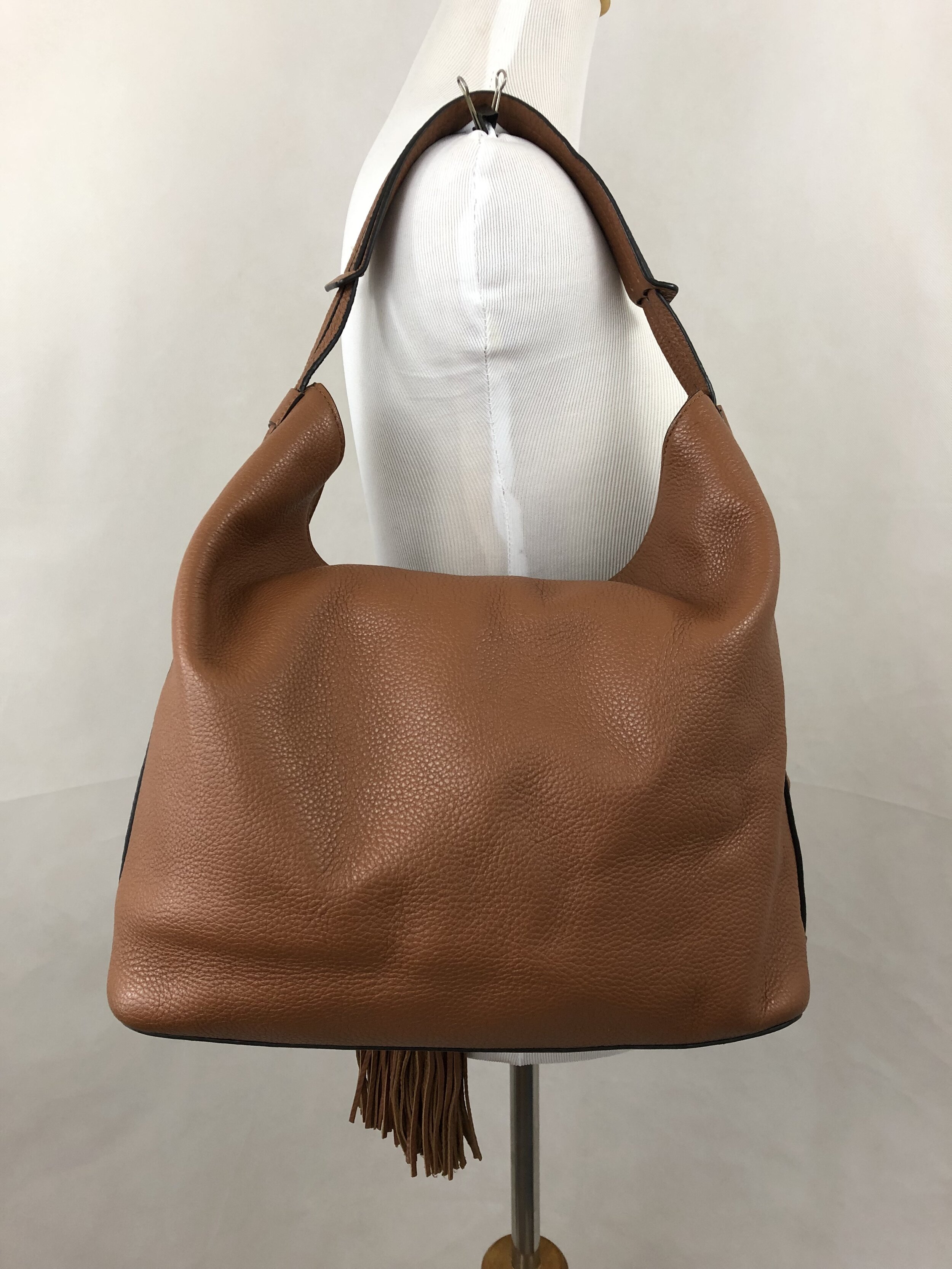Most of us are now hunkered down into our homes for an extended period of time. Some are online searching for solutions to quash any possibility of coronavirus Covid-19 on their possessions,…including leather goods… in their various forms. I’m reading a number of frankly feeble articles on this subject published by major news sources…and they’re of little help to the consumer. You don’t need to be told at this moment to keep your handbag tidy or to clean it with routine products which don’t kill viruses. What people want to know is how to minimize their potential Covid-19 exposure on leather items they already own… which may possibly be contaminated…without ruining them!
Some will be researching services to come into their homes when restrictions are lifted, with the intent to do an anti-viral “Spring Cleaning” for peace of mind. Some are searching to disinfect leather in corporate boardrooms, building lobbies, restaurants or private aviation to protect their investments. Some may be luxury houses seeking to sterilize their stock and boutiques before reopening their doors. There are indeed solutions for each, but “one size fits all” does NOT apply here! Please read on…
In my last blog post [HERE], I offered practical tips for the consumer to safely disinfect their handbags and gloves. Leather or shearling jackets, coats and other garments can also be treated the same way. Hang in direct sunlight rotating for an hour or two( clip up the arms if needed after an hour, so every inch has been exposed to the sun!) then turn inside out and do the same for an hour. This will expose the inside of the cuffs and hems…normally germ concentrated areas.
There are UV disinfecting lamps and wands available of varying quality and strength. Most appear to be out of stock as of this writing. If you already possess a travel size unit, know it’s output is for small jobs such as cell phones, remotes and door handles. Lamps capable of treating rooms CANNOT be used while occupied. Instructions must be followed exactly. Pets and plants need to be removed as well and a specific time period is required for the ozone these lamps produce to dissipate before re-entry. These are impractical for larger applications which can be accomplished by professionals proficient in leather care.
I’m currently re-dyeing a shearling jacket that was unevenly lightened 5 shades when placed in front of an ozone machine to remove cigar odors! While ozone machines are not common in homes (nor should they be), UV lamps could replicate the same disaster if improperly used!
I’m seeing a number of home cleaning companies advertising for disinfection services. A few of these specifically state they do leather, yet they’re holding the wand of a steam cleaner in the images on their “leather services” page! DO NOT allow anyone to use a steam cleaner on your leather! Heat + moisture will shrink, warp and deform the hide. It’s usually permanent. This is why wet leather shoes and leather gloves should never be placed by a heat source to dry.
Any disinfectant wipes currently on the market are NOT suitable for leather, nor will they kill viruses. Alcohol mixtures recommended by the CDC on hard surfaces aren’t suitable either, you risk damage to the protective finish and color on painted/colored leather and possible staining on untreated leather. Some current leather care products on the market may be anti-bacterial, but none are anti-viral, which is the area of concern here.
Bleach solutions of any kind are the “kiss of death” for leather. You’ve been warned!
One of the few leather-safe products that kills 99.999% of all viruses (including prior strains of human coronavirus) are hospital grade “quaternary disinfectants”. Properly applied after cleaning… then removed… these are safe for most leathers and ideal for larger items. Like the above these are currently unavailable, being rightfully diverted to hospitals, the military, first responders and should be applied by a pro.
So for the duration, hopefully the above is helpful to both consumers and to various businesses now strategizing to return to normalcy as quickly as possible. We certainly have the time to plan wisely!
Stay home, STAY HEALTHY!














